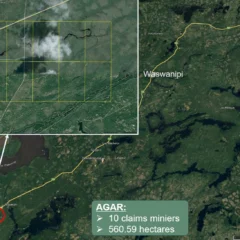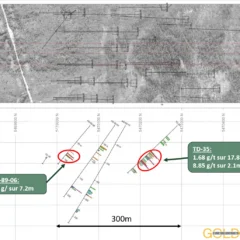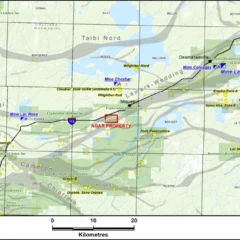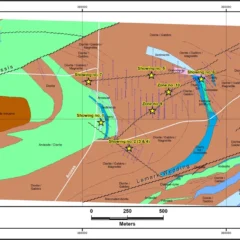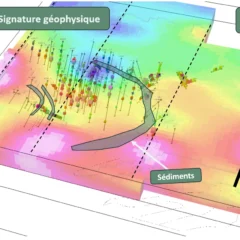Acquired from Breakwater Resources in 2021, Goldflare Exploration’s Agar property is located in the Abitibi region of Quebec, 215 km east-northeast of Val-d’Or and 61 km north-east of Lebel-sur-Quévillon in the Duplessis Township. The property covers 560.59 hectares and benefits from a strategic proximity to several notable mines and mining projects, enhancing its gold potential.
With historical drilling results, such as 4.24 g/t over 5.99 meters and 2.84 g/t over 9.50 meters, the property has already shown significant exploration potential. In addition to mineralized areas identified within a corridor approximately 500 meters wide appearing in a gabbro mass, new targets are being explored based on new electromagnetic data, paving the way for promising future exploration. A 2% NSR royalty is attached to the property titles. Agar thus represents a key project, crossed by a regional road, ready to maximize its discovery potential and play a strategic role in the company’s mining portfolio.
